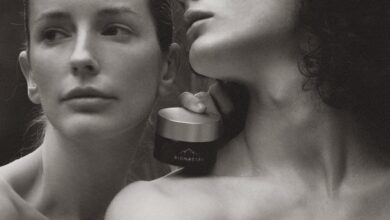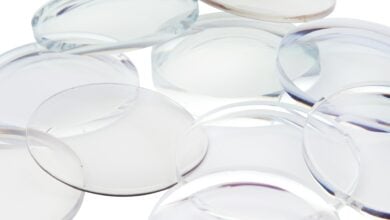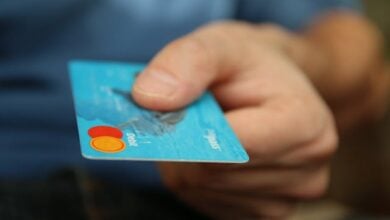For every business, building, or home owner, facing premise liability suits is one of the most dreadful challenges. Such lawsuits do not just lead to huge losses, they also put the business’s reputation at huge risk. Liability suits can be filed by anyone who gets injured in your premises due to your negligence towards safety measures.
The law requires that business owners, landlords, and property managers prioritize safety in their premises and ensure that all is done within their power to prevent their property’s users from falling into harm’s way while within their business.
As much as accidents cannot always be prevented, you have to ensure that none of them occurred due to your negligence. Facing liability suits can derail your business. To prevent this here is how to avoid premises liability suits.
What Qualifies Under Premise Liability Claim?
1. Slippery Floors
Floors that are wet or slippery tiles could cause users to slip and fall, hurting themselves when they do. You can be sued for injuries sustained from such falls.
2. Ill-fitted Carpets
When carpets are not rightly fitted, they may trip their users and cause fatal falls that qualify for premise liability claims.
3. Animal Attacks
Injuries sustained from animals on your property are also eligible for a claim.
4. Defective Equipment
If any of your defective equipment injures users, they can sue you for their injuries.
6. Hazardous Chemicals
Exposing your property’s visitors to harmful chemicals may land you into legal troubles if the chemicals cause significant harm on those exposed to it.
8. Sidewalk Cracks
Cracks found on neglected sidewalks within your premises can lead to trip and falls. If a person trips and fatally injures themselves due to those cracks on your sidewalks, they can file a liability suit against you, and you will have to pay for their losses.
How to Keep Your Premises Safe
1. Inspection
In order to establish what is amiss within your premises, it is imperative to carry out frequent inspections of the area and your entire workplace infrastructure. This includes all the high-risk areas such as stairwells, tiled corridors, sidewalks, and the electricity sources in the premises. A thorough inspection may uncover potential safety risks that you may not have thought of, to begin with.
2. Correction
As soon as you discover a defect in any of your workplace infrastructures, it will be best if you repair them without wasting any time. Correcting a faulty switch, for instance, may save you thousands of dollars that you may have otherwise used as a settlement for someone who got electrocuted by the defective switch in your premises.
3. Warning
In instances whereby you cannot immediately correct damaged infrastructure; you will find it helpful to warn others of its potential danger. Such warnings reduce the safety risks posed by the damaged entity until you are in a position to fix it. Ensure that the signs are both visible and legible so that all that see it can avoid the potential danger posed by the faulty infrastructure.
What to Do in Case You Are Sued
Despite your best intentions and vigorous efforts to keep your premise safe, some things may end up slipping through your fingers and cost you in the long run. It may be something you overlooked or something beyond your control by the time it was happening. If this occurs, you do not need to worry. Contacting a premise liability lawyer from Gross & Schuster will help you deal with your liability suit and ensure you get off with marginally fewer losses and your reputation as good as it was.




